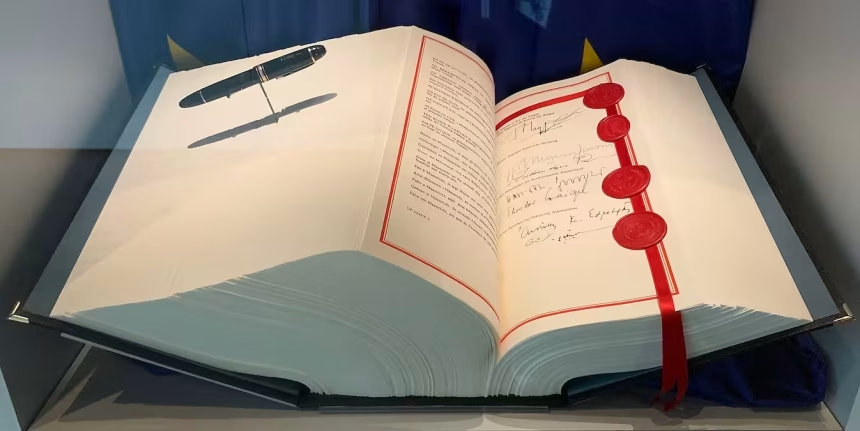Things to Know About the Maastricht Treaty
The Maastricht Treaty was signed on February 7, 1992, and officially came into force on November 1, 1993. What changes did it bring? What was its purpose? Why is it important?

The Maastricht Treaty was signed on February 7, 1992, and officially came into force on November 1, 1993. What changes did it bring? What was its purpose? Why is it important?

